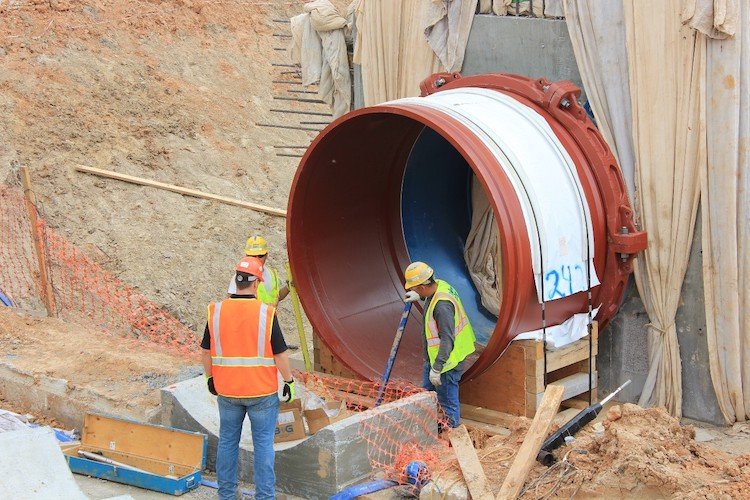Water/wastewater projects are becoming larger and more complex. Our industry is continuously innovating to maximize the productivity of existing and new plants. Recent events related to the COVID-19 outbreak may have permanent changes in the way plants are designed and built. The design and procurement process for collaborative delivery projects requires early involvement of supply chain partners to reduce risks for a successful proposal and construction.
I grew up in San Diego, working for my dad in our family municipal construction company. We were a hard-bid contractor, so the majority of my pre-bid interaction with my supply chain was obtaining quotes and taking the lowest price. Since we were dealing with 100% drawings and specs and fixed approved materials lists, variation was infrequent and troublesome to get approved.
Fast forward to the prominence of design-build. Even my first design-build project in 2001 had limited involvement of the supply chain, outside of obtaining quotes from specialty subcontractors. Looking back, I see that greater reliance on the supply chain then could have mitigated some of the challenges that project faced.
Who is the supply chain?
The supply chain for a water/wastewater construction project includes the owner (if prepurchased equipment is involved), specialty subcontractors, engineered equipment, traditional manufactured equipment, and commodity vendors.
Each of these project participants have expertise and ideas that add value to the early project planning process. Victaulic, for example, has been involved in all periods of the project lifecycle, from planning to engineering through preconstruction to delivery.
What are the benefits?
There are many benefits of expanded involvement of the supply chain during the proposal period:
- Expertise, alternatives, and innovation
- Early decision making
- Design freeze
- Procurement release
- Schedule savings
- Coordination of multiple project team members
- Alignment with project goals across project team
How can we improve?
Every contractor and owner have an abundance of “what went wrong” stories. Here are a few examples related to early (or late) involvement.
Example 1 – Process Equipment Selection
A major project that I previously led didn’t decide on a specific vendor for a piece of engineered process equipment until past 60% design stage. The configuration of the selected vendor was significantly different than the “black box” the design team used during the conceptual design. This required redesign resulting in a concrete structure that had to go three feet deeper into a foundation already 40 feet deep.
Example 2 – Piping Materials Selection
The type of material joining method (welded, grooved, flanged) can materially affect the constructability and schedule of installation. Prefabrication and pre-assembly will also drive from this important early decision. Designing the project from the outset with the most efficient method avoids rework later in the design process.
Example 3 – Delivery Schedule
Early commitments in the form of subcontracts and purchase orders tie the project team members contractually. Delaying these commitments by weeks or months can materially impact the delivery schedule. Crews can get booked, or production facilities can get an influx of orders affecting availability.
The level of early involvement will also vary based on the delivery method of the project. Often in fixed-price DB, subcontractors and some vendors are tied with a single team from the initial submittal.
Some projects can suffer from “paralysis of analysis,” and the cost of deferring decisions can be far more than committing to an early decision. There are tangible consequences to making late decisions.
What keeps us from following the best practice?
The best practice is to make key decisions early, involving a variety of valued members of the supply chain.
In discussions with owners, the objection cited most often to having subcontractors and vendors tied in early is a perception of not getting the best price in a progressive design-build or CMAR proposal. Additionally, many contracts require all packages to be bid out after a certain design stage. This objection can be mitigated by extending the culture of collaboration and trust inherent in integrated delivery.
Build your team early and trust your team to deliver outstanding value and results.

